If you want to feel scruffy, head to Seville, the outrageously attractive capital city of southern Spain’s Andalucia region. It’s not just the abundant exquisite architecture – the city has one of the largest historic ‘old towns’ in Europe, with every bar, café and restaurant looking tiptop – but also the sartorial elegance that abounds among the local population, made even more striking by it coexisting in apparent easygoing harmony with the often plain awful turnout of us tourists and visitors.
If Santiago de Compostela in north-western Spain is the city of rucksacks and walking sticks, then Seville – currently Google’s most searched-for flight-only destination – is the city of smart shirts. I haven’t seen such a proliferation of the striped shirts that we associate with Savile Row and Charles Tyrwhitt since my time in the Queen’s Royal Lancers’ Officers’ Mess.
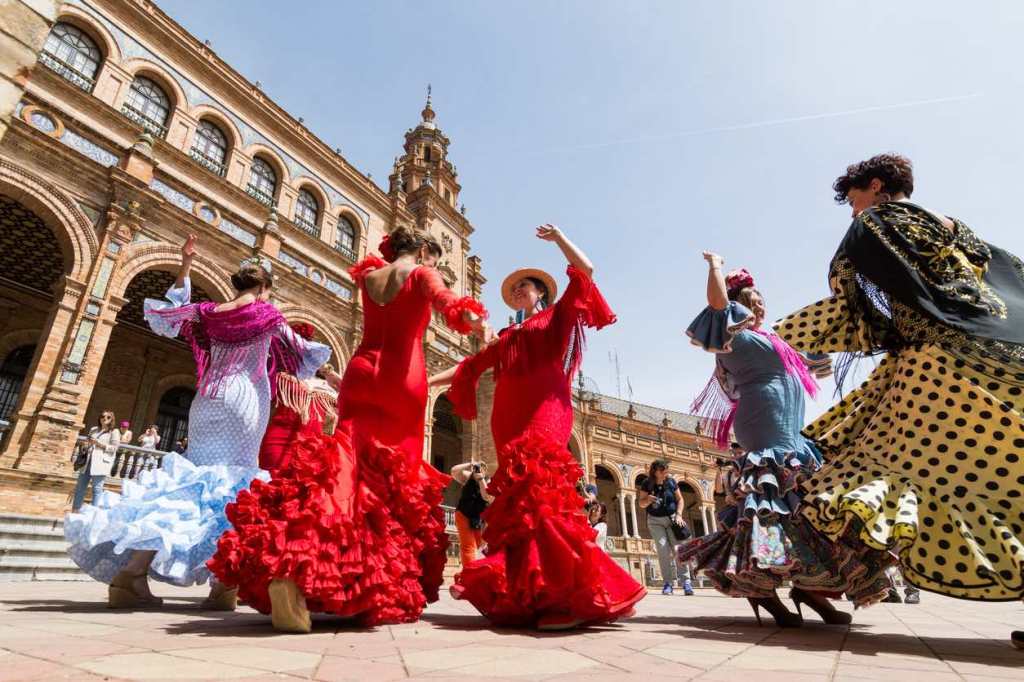
The Bengal stripe pattern, of equal width solid-coloured stripes alternating on white, appears most popular. Blue and red lines dominate, though pink gets a fair showing too. When accompanied by boat shoes and a sweater draped around the shoulders – the Spanish version of a Hooray Henry – the look is known as pijo, which basically means posh. And Seville is renowned throughout Spain as being – or at least regarding itself as – posher than all other cities in Andalucia, notes Culture Trip, with Sevillanos being ‘more expensively and fussily attired than anyone else in southern Spain’.
Of course, the Seville women are even more stylish and pijo: women have so many more options. These range from long flowing dresses of a classical elegant style to those blanketed in colourful flower motifs or vibrant patterns. On top of that, Andalucia’s dramatic history of Moorish invaders and occupation has bequeathed an Arabian princess type of beauty mixed with the Iberian strain. I envy the city’s gay community. In Seville the strain on a heterosexual heart can be intolerable.
But even the Seville ladies are outdone on bullfight day in the Plaza de Toros de la Real Maestranza, the city’s 12,000-capacity bullring. There, the clear winners in the fashion stakes are the matadors. Their absurdly lavish costumes covered in gold lace, dazzling protrusions and embellishments glitter in the sunlight, looking like something from J.G. Ballard’s science fiction novel The Crystal World. The Spanish call the outfit traje de luces, meaning the ‘suit of lights’.
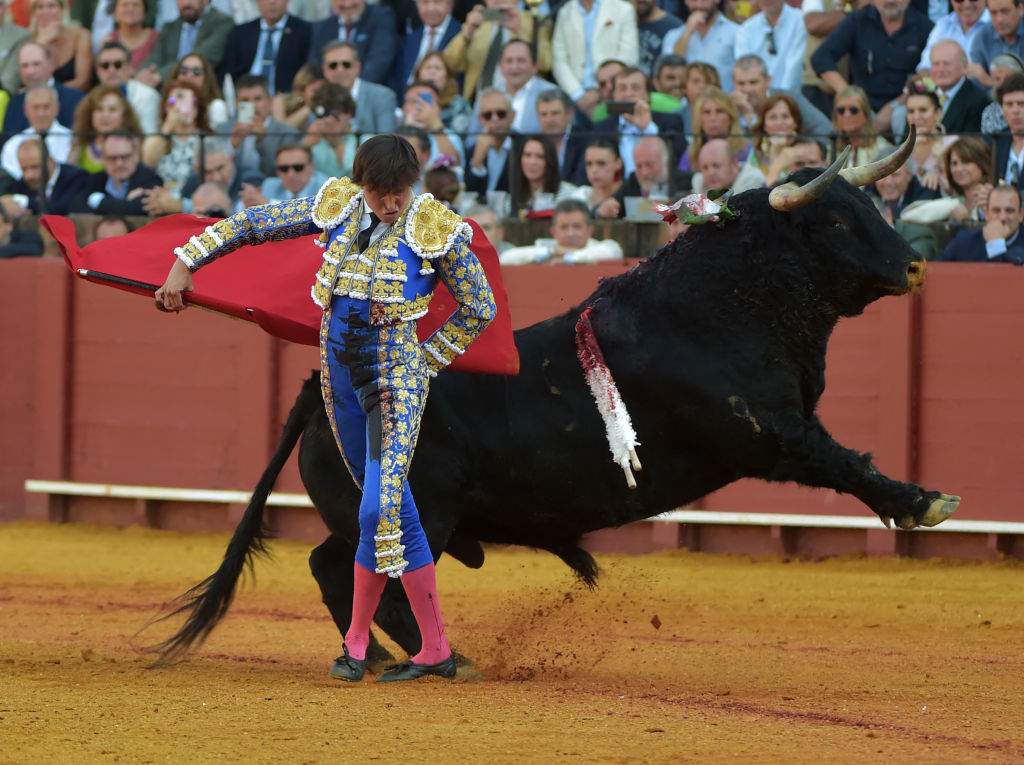
The resulting sexiness of 26-year-old matador Andres Roca Rey, when I recently watched him working the red cape and the charging bull in Seville, was both spellbinding and deeply depressing. I was left with a far better understanding of why Hemingway wrote that any husband who took his wife to see a bull fight departed feeling immensely sheepish.
After seeing all this, you can’t help pondering ideas around form influencing function, especially when you contrast it with those in the city inhabiting the opposite end of the sartorial spectrum. Leading the shabbily dressed pack are the tourists, some of whom seem determined to push for a look of abject anti-beauty. Then there are the edgier elements of the local population, the students, the anarchists and dropouts from the mainstream, who at least manage to look stylish in more coolly bohemian ways.
Amid this kaleidoscope of fashion saunters the sleekest of them all: the sausage dog. The dachshund, to give it its proper name, is the go-to dog for many Sevillanos. It makes sense, that elongated horizontal strip of black or brown bobbing along just above the pavement, eventually followed by a long wagging tail – a fitting accompaniment to all the vertical stripes on display.
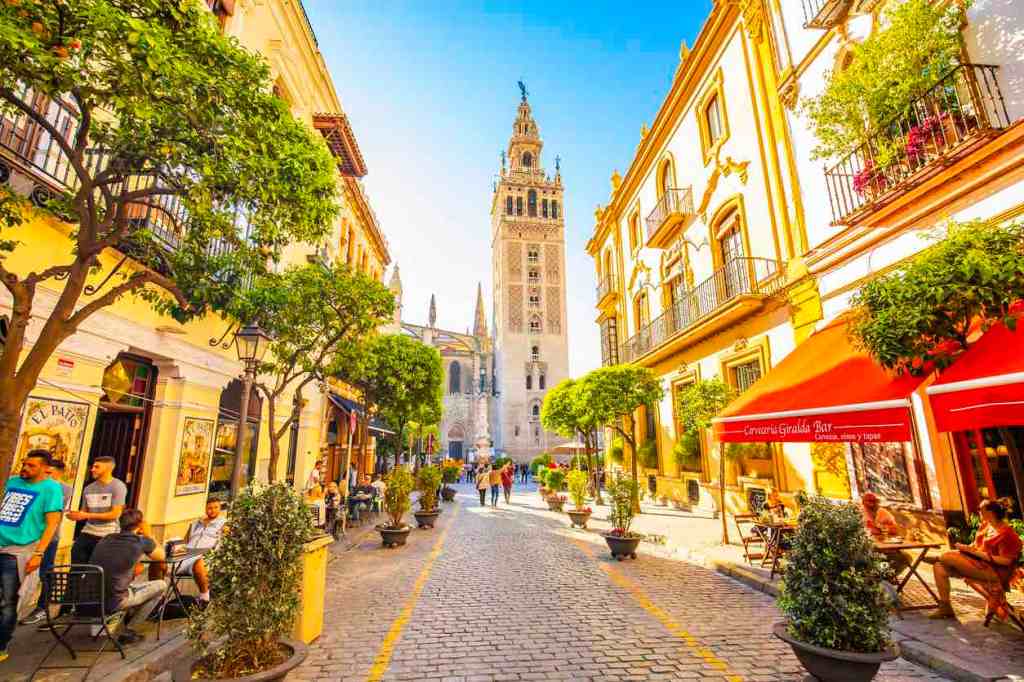
It all looks a marvel and, as mentioned earlier, the various levels of sartorial elegance or lack thereof appear to exist alongside one another comfortably, with far less judgment around fashion choices than in the UK (though admittedly I bought a few striped shirts on my latest visit in a desperate bid to gain some acceptance).
But there is a more nuanced, less rosy side to Seville too. This is a city that seduces, blinding you to realities. A lady of dual British-Spanish nationality who lived in Seville in the 1980s told me the degree of conformism and conservatism that pervades the city and local population can eventually grind you down – hence she headed back to the UK. ‘People in Seville won’t engage with you – there is no curiosity about others, Seville is their world,’ she said. ‘They will be polite, but it’s very superficial. You feel an outsider always.’
Perhaps that’s one of the reasons why well-dressed Sevillanos are so accommodating of other less elegant styles. It helps clearly demarcate who is what in Seville’s social ecosystem. A group of British teachers I got to know in the city – friendly, smart, interesting people – explained that they are not being cliquey Brits when they all get together for a drink with no Sevillanos around the table: it’s just so hard to get to know locals at a deeper level, they say.
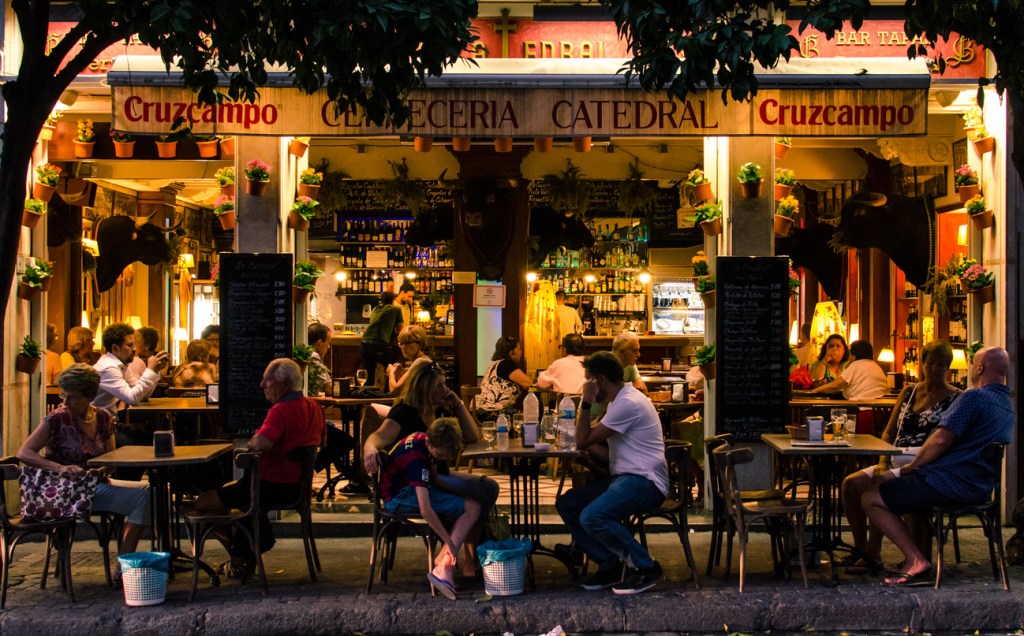
Yet for all this – not to mention appalling pay, long hours and stories of being taken advantage of by unscrupulous English academy managers – the British teachers remain. For they inhabit one of the most gorgeous, liveable cities in the world.
Ultimately, it’s hard to argue against Seville’s sartorial and social habits being part of its enduring appeal. Everyone on all sides seems happy to a degree rarely found in metropolises today. Seville excels, as few cities do, in managing to restore faith in life.
‘Even after I left because I couldn’t bear it, I’ve kept coming back,’ the British-Spanish lady told me. ‘There is a happiness here that just seems to seep from the very place, from the trees, from the water, from the light. People here seem very content.’


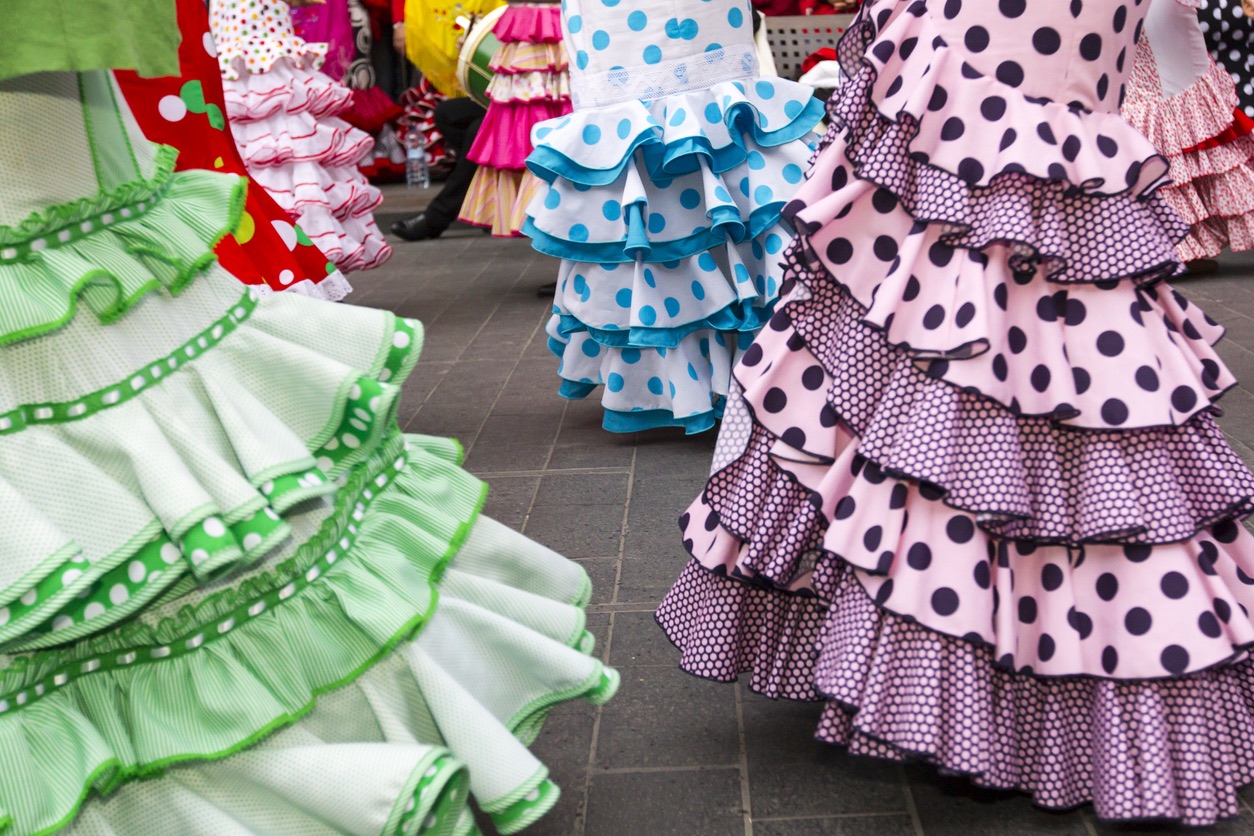



Comments
Comments will appear under your real name unless you enter a display name in your account area. Further information can be found in our terms of use.